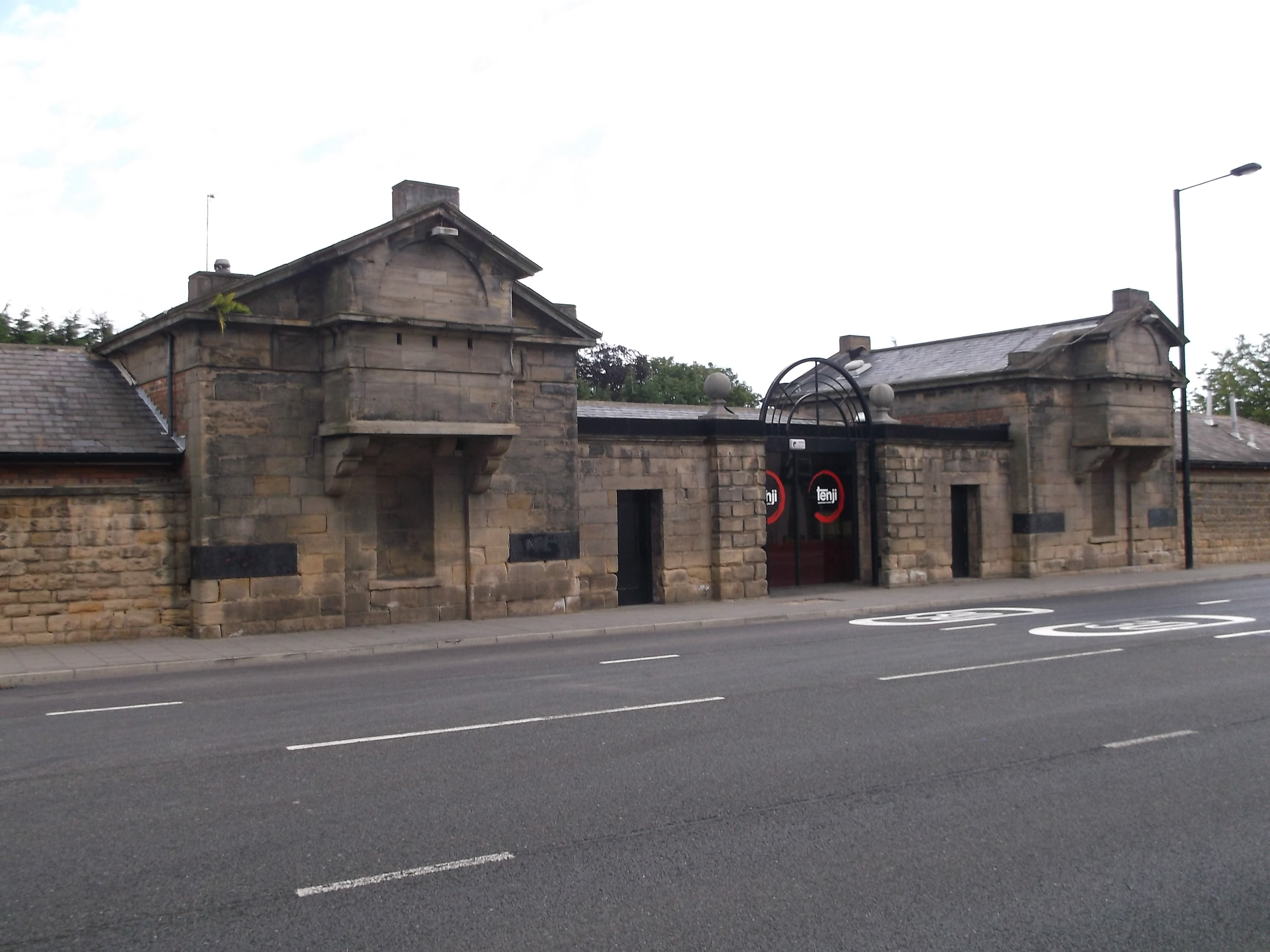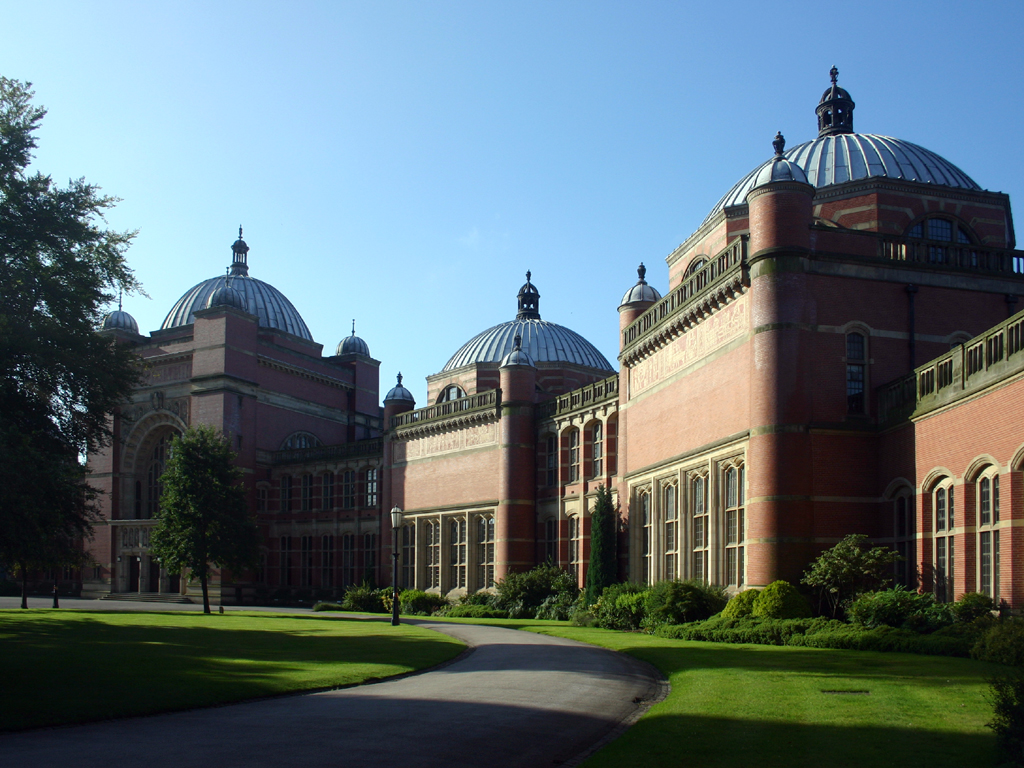|
Wagoners' Memorial
The Wagoners' Memorial is a war memorial in Sledmere, in the East Riding of Yorkshire in England. The unusual squat columnar memorial was designed by Sir Mark Sykes, 6th Baronet and built in 1919–20. It became a Grade II listed building in 1966, upgraded to Grade I in February 2016. The memorial stands near the Eleanor Cross, Sledmere, a copy of the Eleanor Cross from Hardingstone, which was built as a village cross in the 1890s and converted by Sykes into a war memorial for the men from his estate. Background Sykes was the son of Sir Tatton Sykes, 5th Baronet. He served in the Princess of Wales' Own Yorkshire Regiment in the Boer War and later as lieutenant colonel of the 5th Battalion, Yorkshire Regiment. He was MP for the local constituency of Kingston upon Hull Central from 1911 to his death in 1919. He inherited the baronetcy on his father's death in 1913. The 1916 Sykes–Picot Agreement is named after him. Sykes received permission to raise the Wagoners Sp ... [...More Info...] [...Related Items...] OR: [Wikipedia] [Google] [Baidu] |
Royal Engineers
The Corps of Royal Engineers, usually called the Royal Engineers (RE), and commonly known as the '' Sappers'', is a corps of the British Army. It provides military engineering and other technical support to the British Armed Forces and is headed by the Chief Royal Engineer. The Regimental Headquarters and the Royal School of Military Engineering are in Chatham in Kent, England. The corps is divided into several regiments, barracked at various places in the United Kingdom and around the world. History The Royal Engineers trace their origins back to the military engineers brought to England by William the Conqueror, specifically Bishop Gundulf of Rochester Cathedral, and claim over 900 years of unbroken service to the crown. Engineers have always served in the armies of the Crown; however, the origins of the modern corps, along with those of the Royal Artillery, lie in the Board of Ordnance established in the 15th century. In Woolwich in 1716, the Board formed the Roy ... [...More Info...] [...Related Items...] OR: [Wikipedia] [Google] [Baidu] |
Northern Command (United Kingdom)
Northern Command was a Home Command of the British Army from 1793-1889 and 1905–1972. Nineteenth century Great Britain was divided into military districts on the outbreak of war with France in 1793. The formation in the North, which included Northumberland, Cumberland, Westmorland and Durham, was originally based at Fenham Barracks in Newcastle upon Tyne until other districts were merged in after the Napoleonic Wars. In 1840 Northern Command was held by Major-General Sir Charles James Napier, appointed in 1838. During his time the troops stationed within Northern Command were frequently deployed in support of the civil authorities during the Chartist unrest in the northern industrial cities. Napier was succeeded in 1841 by Major-General Sir William Gomm, when the command included the counties of Northumberland, Cumberland, Westmorland, Durham, Yorkshire, Cheshire, Derbyshire, Lancashire, Nottinghamshire, Flintshire, Denbighshire and the Isle of Man, with HQ at M ... [...More Info...] [...Related Items...] OR: [Wikipedia] [Google] [Baidu] |
Ivor Maxse
General Sir Frederick Ivor Maxse, (22 December 1862 – 28 January 1958) was a senior British Army officer who fought during the First World War, best known for his innovative and effective training methods. Early life Ivor Maxse was the eldest of four children born to Admiral Frederick Maxse and Cecilia Steel. His siblings were Olive Hermione Maxse, and editors Violet Milner, Viscountess Milner, and Leopold Maxse. His maternal grandmother was Lady Caroline FitzHardinge, daughter of Frederick Berkeley, 5th Earl of Berkeley. He was a nephew of Sir Henry Berkeley Fitzhardinge Maxse He was educated at Mr. Lake's Preparatory School in Caterham, Surrey from 1875 to 1877; Rugby School from 1877 to 1880 and Sandhurst from 1881 to 1882.Correlli Barnett, �Maxse, Sir (Frederick) Ivor (1862–1958)��, rev. Roger T. Stearn, ''Oxford Dictionary of National Biography'', Oxford University Press, 2004; online edn, May 2008, accessed 5 June 2011. Early military career Maxse was commis ... [...More Info...] [...Related Items...] OR: [Wikipedia] [Google] [Baidu] |
Nikolaus Pevsner
Sir Nikolaus Bernhard Leon Pevsner (30 January 1902 – 18 August 1983) was a German-British art historian and architectural historian best known for his monumental 46-volume series of county-by-county guides, '' The Buildings of England'' (1951–74). Life Nikolaus Pevsner was born in Leipzig, Saxony, the son of Anna and her husband Hugo Pevsner, a Russian-Jewish fur merchant. He attended St. Thomas School, Leipzig, and went on to study at several universities, Munich, Berlin, and Frankfurt am Main, before being awarded a doctorate by Leipzig in 1924 for a thesis on the Baroque architecture of Leipzig. In 1923, he married Carola ("Lola") Kurlbaum, the daughter of distinguished Leipzig lawyer Alfred Kurlbaum. He worked as an assistant keeper at the Dresden Gallery between 1924 and 1928. He converted from Judaism to Lutheranism early in his life. During this period he became interested in establishing the supremacy of German modernist architecture after becoming aware of ... [...More Info...] [...Related Items...] OR: [Wikipedia] [Google] [Baidu] |
Trajan's Column
Trajan's Column ( it, Colonna Traiana, la, Columna Traiani) is a Roman triumphal column in Rome, Italy, that commemorates Roman emperor Trajan's victory in the Trajan's Dacian Wars, Dacian Wars. It was probably constructed under the supervision of the architect Apollodorus of Damascus at the order of the Roman Senate. It is located in Trajan's Forum, north of the Roman Forum. Completed in Anno Domini, AD 113, the freestanding column is most famous for its spiral bas relief, which depicts the Trajan's Dacian Wars, wars between the Romans and Dacians (101–102 and 105–106). Its design has inspired numerous victory columns, both ancient and modern. The structure is about in height, including its large pedestal. The shaft is made from a series of 20 colossal Carrara marble Drum (architecture), drums, each weighing about 32 tons, with a diameter of . The frieze winds around the shaft 23 times. Inside the shaft, a spiral staircase of 185 steps provides access to a viewing deck at ... [...More Info...] [...Related Items...] OR: [Wikipedia] [Google] [Baidu] |
Carlo Domenico Magnoni
Carlo is a given name. It is an Italian form of Charles. It can refer to: *Carlo (name) *Monte Carlo *Carlingford, New South Wales, a suburb in north-west Sydney, New South Wales, Australia *A satirical song written by Dafydd Iwan about Prince Charles. *A former member of Dion and the Belmonts best known for his 1964 song, Ring A Ling. *Carlo (submachine gun), an improvised West Bank gun. * Carlo, a fictional character from Animal Crossing: Pocket Camp * It can be confused with Carlos * Carlo means “man” (from Germanic “karal”), “free man” (from Middle Low German “kerle”) and “warrior”, “army” (from Germanic “hari”). See also *Carl (name) *Carle (other) *Carlos (given name) Carlos is a masculine given name, and is the Portuguese and Spanish variant of the English name ''Charles'', from the Germanic ''Carl''. Notable people with the name include: Royalty *Carlos I of Portugal (1863–1908), second to last King of P ... {{disambig Italian ... [...More Info...] [...Related Items...] OR: [Wikipedia] [Google] [Baidu] |
Naive Art
Naivety (also spelled naïvety), naiveness, or naïveté is the state of being naive. It refers to an apparent or actual lack of experience and sophistication, often describing a neglect of pragmatism in favor of moral idealism. A ''naïve'' may be called a ''naïf''. Etymology In its early use, the word ''naïve'' meant "natural or innocent", and did not connote ineptitude. As a French adjective, it is spelled ''naïve'', for feminine nouns, and ''naïf'', for masculine nouns. As a French noun, it is spelled ''naïveté''. It is sometimes spelled "naïve" with a diaeresis, but as an unitalicized English word, "naive" is now the more usual spelling. "naïf" often represents the French masculine, but has a secondary meaning as an artistic style. “Naïve” is pronounced as two syllables, in the French manner, and with the stress on the second one. Culture The naïf appears as a cultural type in two main forms. On the one hand, there is 'the satirical naïf, such as Candid ... [...More Info...] [...Related Items...] OR: [Wikipedia] [Google] [Baidu] |
Alfred Barr
Alfred Hamilton Barr Jr. (January 28, 1902 – August 15, 1981) was an American art historian and the first director of the Museum of Modern Art in New York City. From that position, he was one of the most influential forces in the development of popular attitudes toward modern art; for example, his arranging of the blockbuster Van Gogh exhibition of 1935, in the words of author Bernice Kert, was "a precursor to the hold Van Gogh has to this day on the contemporary imagination." Life and education Barr's life and work are the subject of Hugh Eakins's 2022 book about efforts by Barr and others to bring Picasso's work, already celebrated in Europe, to the United States. Barr graduated from the Boys' Latin School of Maryland. Barr received his B.A. in 1923 and his M.A. in 1924 from Princeton University, where he studied art history with Frank Jewett Mather and Charles Rufus Morey. In 1924, he began doctoral work at Harvard, but left after completing PhD course requirements to pu ... [...More Info...] [...Related Items...] OR: [Wikipedia] [Google] [Baidu] |
Portland Stone
Portland stone is a limestone from the Tithonian stage of the Jurassic period quarried on the Isle of Portland, Dorset. The quarries are cut in beds of white-grey limestone separated by chert beds. It has been used extensively as a building stone throughout the British Isles, notably in major public buildings in London such as St Paul's Cathedral and Buckingham Palace. Portland Stone is also exported to many countries—being used for example in the United Nations headquarters in New York City. Geology Portland Stone formed in a marine environment, on the floor of a shallow, warm, sub-tropical sea probably near land (as evidenced by fossilized driftwood, which is not uncommon). When seawater is warmed by the sun, its capacity to hold dissolved gas is reduced; consequently, dissolved carbon dioxide (CO2) is released into the atmosphere as a gas. Calcium and bicarbonate ions within the water are then able to combine, to form calcium carbonate (CaCO3) as a precipitate. ... [...More Info...] [...Related Items...] OR: [Wikipedia] [Google] [Baidu] |
York Minster
The Cathedral and Metropolitical Church of Saint Peter in York, commonly known as York Minster, is the cathedral of York, North Yorkshire, England, and is one of the largest of its kind in Northern Europe. The minster is the seat of the Archbishop of York, the third-highest office of the Church of England (after the monarch as Supreme Governor and the Archbishop of Canterbury), and is the mother church for the Diocese of York and the Province of York. It is run by a dean and chapter, under the Dean of York. The title " minster" is attributed to churches established in the Anglo-Saxon period as missionary teaching churches, and serves now as an honorific title; the word ''Metropolitical'' in the formal name refers to the Archbishop of York's role as the Metropolitan bishop of the Province of York. Services in the minster are sometimes regarded as on the High Church or Anglo-Catholic end of the Anglican continuum. The minster was completed in 1472 after several centuries ... [...More Info...] [...Related Items...] OR: [Wikipedia] [Google] [Baidu] |





